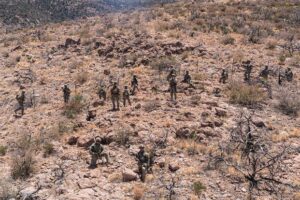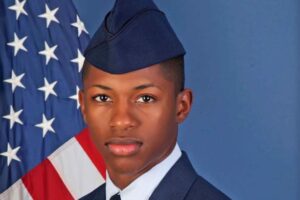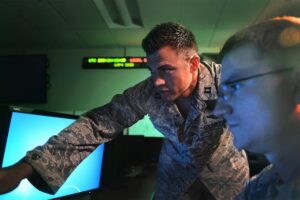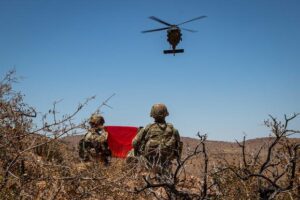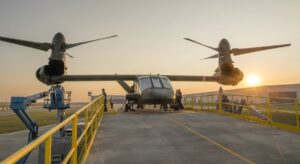Proposed Changes at the Air Force Academy May Reshape Its Academic Landscape
The Air Force Academy is considering a significant shift in its faculty composition, with a proposal aimed at drastically reducing civilian faculty positions. This change could potentially impact the availability of some academic majors.
In an effort to increase the military presence at the academy, Superintendent Tony Bauernfeind has suggested adjusting the faculty to comprise 80% military personnel, reducing civilian faculty from around 37% to just 20%. This proposal, detailed in internal communications, aims to achieve these goals by the upcoming fall semester.
Currently, the academy employs 491 faculty members, with 308 (62.7%) being uniformed personnel and 183 (37.3%) civilians. To meet the proposed faculty composition, 105 civilian positions would need to be eliminated.
“The Dean has communicated that a reduction of our faculty body below 400 members would force us to cut some majors and cease many opportunities for cadets,” states the internal note.
Cadets have expressed concern over the potential loss of valuable civilian professors and the reduction of majors. On platforms like Jodel, some cadets are urging peers to contact their representatives. One post reads, “Everyone take five to 10 minutes to write an email to whoever nominated you telling them about the tomfoolery TB ( Tony Bauernfeind) is trying to pull and how it will ruin our education and the value of being at this place. He’s really trying to fire some of the best, smartest teachers here and causing them hella stress.”
Approval from the secretary of the Air Force is necessary for this proposal to proceed. The current nominee for leading the Air Force, Troy Meink, is pending confirmation and is presently the head of the National Reconnaissance Office.
Defense Secretary Pete Hegseth, during his confirmation hearing, emphasized the need for more uniformed personnel teaching at military academies, stating, “We need more uniformed members going back into West Point, the Air Force Academy and the Naval Academy, as a tour-to-teach, with their wisdom of what they have learned in uniform, instead of just more civilian professors that came from the same left-wing, woke universities that they left, and then try to push that into service academies.”
During a Senate Armed Services Subcommittee hearing, academy superintendents, including Bauernfeind, faced inquiries about the civilian-military faculty balance. Vice Adm. Yvette Davids of the Naval Academy shared that their faculty is nearly evenly split between civilians and military personnel, while Lt. Gen. Steven Gilland of West Point reported a 26% civilian and 74% military faculty composition.
Gilland highlighted that civilians bring essential technical expertise, especially in STEM fields, which enriches the educational environment.
Senator Elizabeth Warren noted that the three academies together educate and train about 20% of the military’s officers, with others commissioning through ROTC programs or officer candidate school. Space Force Chief of Operations Chance Saltzman is one such leader who graduated through ROTC.
Retired Brig. Gen. Marty France, a veteran department head at the Air Force Academy, mentioned that the transition to employing more civilians began around 1990, taking 35 years to reach the current 37% civilian faculty. He emphasized that civilians bring valuable research experience, while military faculty provide practical insights linking academic studies with military service. “They have the best of both worlds,” France commented.
© 2025 The Gazette (Colorado Springs, Colo.). Visit www.gazette.com. Distributed by Tribune Content Agency, LLC.


